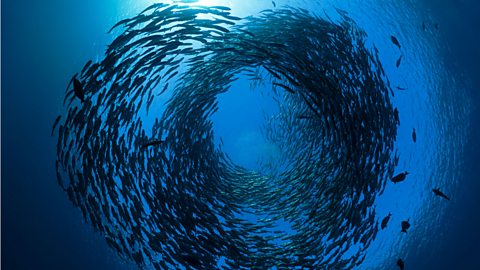More guides on this topic
- Thirteen by Caleb Femi - AQA
- Poppies by Jane Weir - AQA
- London by William Blake - AQA
- Extract from the Prelude by William Wordsworth - AQA
- The Charge of the Light Brigade by Alfred, Lord Tennyson - AQA
- Remains by Simon Armitage - AQA
- Walking Away by C Day-Lewis - AQA
- Tissue by Imtiaz Dharker - AQA
- Letters from Yorkshire by Maura Dooley - AQA
- Neutral Tones by Thomas Hardy - AQA
- Exposure by Wilfred Owen - AQA
- The ├ëmigr├ęe by Carol Rumens - AQA
- Winter Swans by Owen Sheers - AQA
- Climbing My Grandfather by Andrew Waterhouse - AQA
